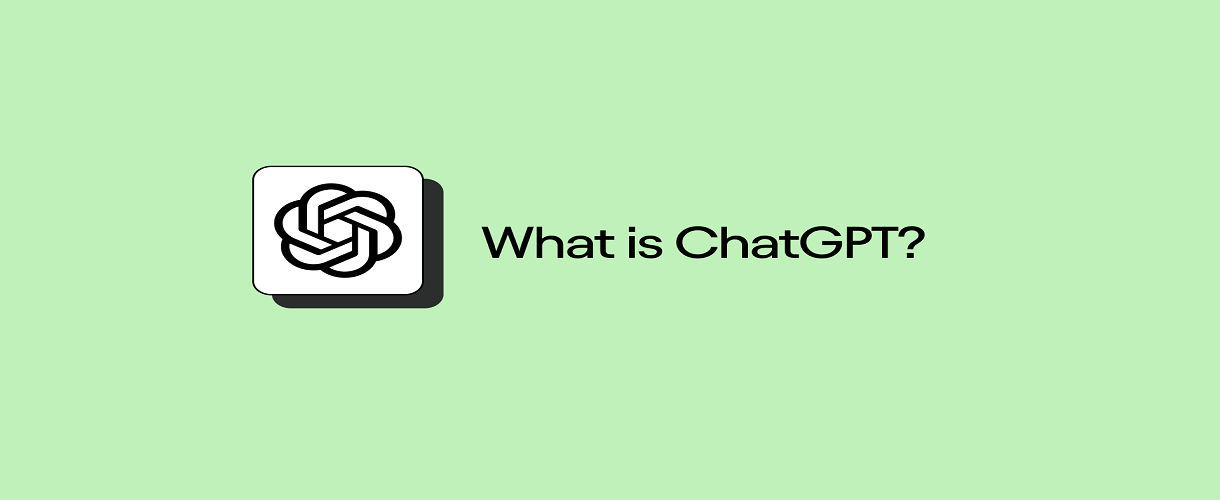Introduction
In the realm of artificial intelligence and natural language processing, two prominent models have gained significant attention in recent times – ChapGPT and ChatGPT. While both models are based on the renowned GPT architecture developed by OpenAI, they serve distinct purposes and cater to different applications. In this article, we will delve into the intricacies of ChapGPT and explore how it differs from its predecessor, ChatGPT.
Understanding ChatGPT
ChatGPT, as the name suggests, is primarily designed for conversational purposes. It is a language model that excels in generating human-like responses in a dialogue setting. By training on vast amounts of text data, ChatGPT has been fine-tuned to engage in coherent and contextually relevant conversations with users. Whether it’s answering questions, providing recommendations, or simply chatting, ChatGPT exhibits a high level of linguistic fluency and coherence.
ChatGPT’s architecture is based on the Transformer model, which enables it to process and generate text sequences effectively. With multiple layers of attention mechanisms, ChatGPT can capture dependencies across words and generate responses that align with the input context. This model has been widely adopted in chatbots, virtual assistants, and customer support systems to enhance user interactions and provide personalized responses.
Introducing ChapGPT
On the other hand, ChapGPT represents a novel variation of the GPT framework that focuses on a different aspect of language processing – storytelling. Unlike ChatGPT, which is optimized for short-form conversational exchanges, ChapGPT is tailored to generate longer narratives and cohesive storylines. This distinction is crucial in understanding the unique capabilities and applications of ChapGPT in the realm of creative writing and content generation.
ChapGPT leverages the same underlying Transformer architecture as ChatGPT but incorporates modifications to prioritize coherence and narrative continuity in its outputs. By training on diverse genres of literature, storytelling prompts, and fictional works, ChapGPT has learned to craft engaging plots, develop characters, and maintain thematic consistency throughout a narrative. This specialized training sets ChapGPT apart as a powerful tool for authors, content creators, and storytelling enthusiasts seeking automated assistance in the creative process.
Key Differences Between ChapGPT and ChatGPT
Applications of ChapGPT
The unique storytelling prowess of ChapGPT opens up a myriad of applications across various industries and creative endeavors. Authors and writers can harness ChapGPT to overcome writer’s block, explore new plot directions, or generate story outlines. Content creators in the entertainment industry can use ChapGPT to develop interactive storytelling experiences, game narratives, and immersive worlds.
Moreover, educational institutions can leverage ChapGPT to assist students in creative writing exercises, storytelling workshops, and language learning activities. By providing automated feedback, plot suggestions, and character insights, ChapGPT enhances the learning experience and fosters creativity among learners of all ages.
Conclusion
In conclusion, ChapGPT and ChatGPT represent two distinct branches of the GPT family, each tailored to serve specific language processing tasks. While ChatGPT excels in conversational contexts, ChapGPT shines in storytelling and narrative generation. By understanding the key differences between these models and their respective applications, we can appreciate the versatility and innovation that AI-powered language models bring to the realm of creative writing and communication.

